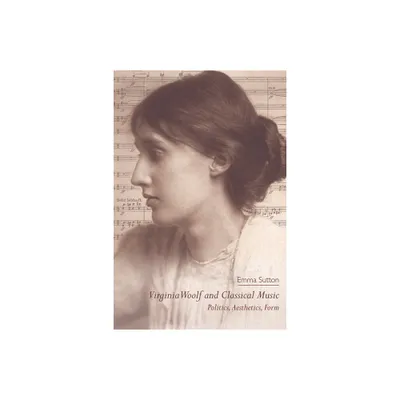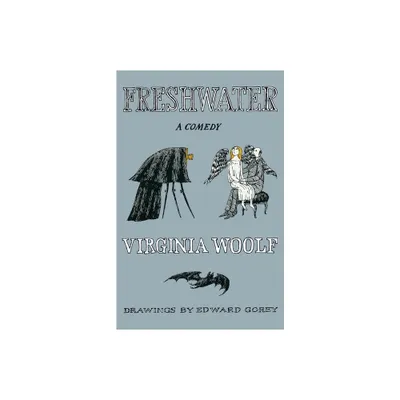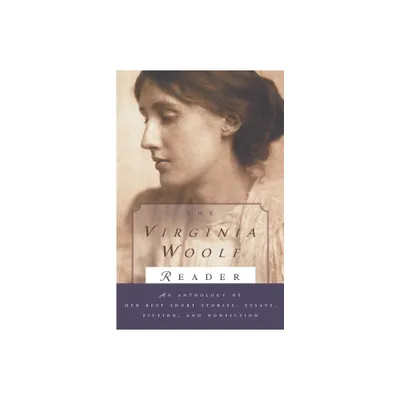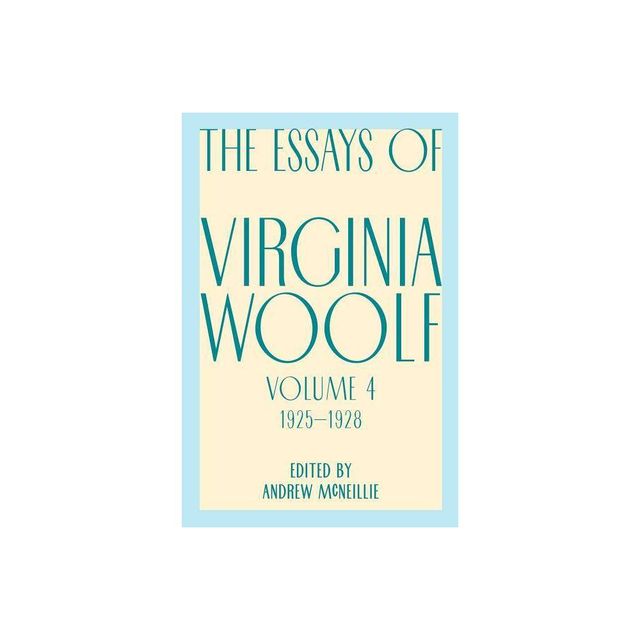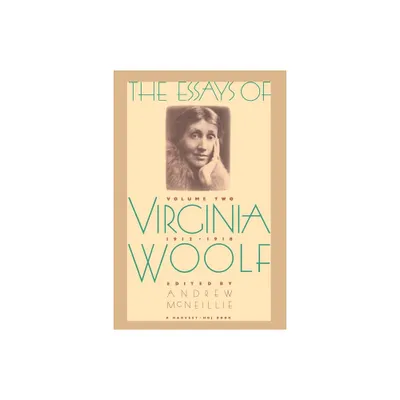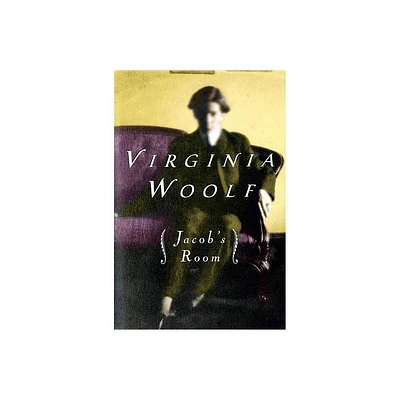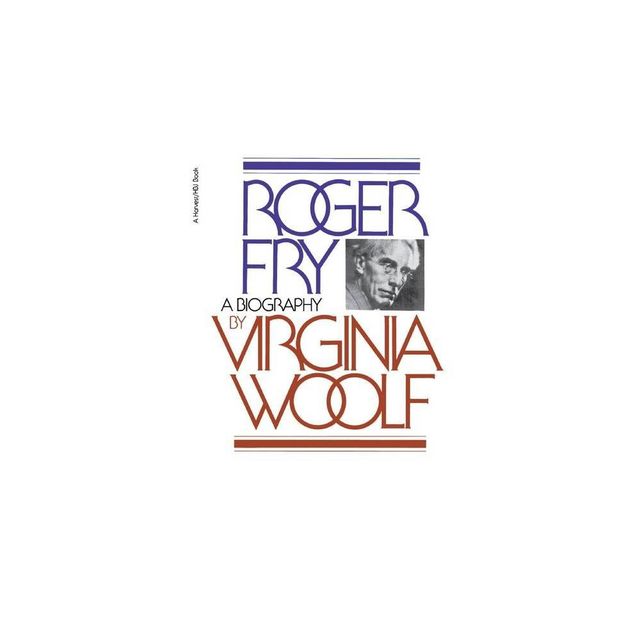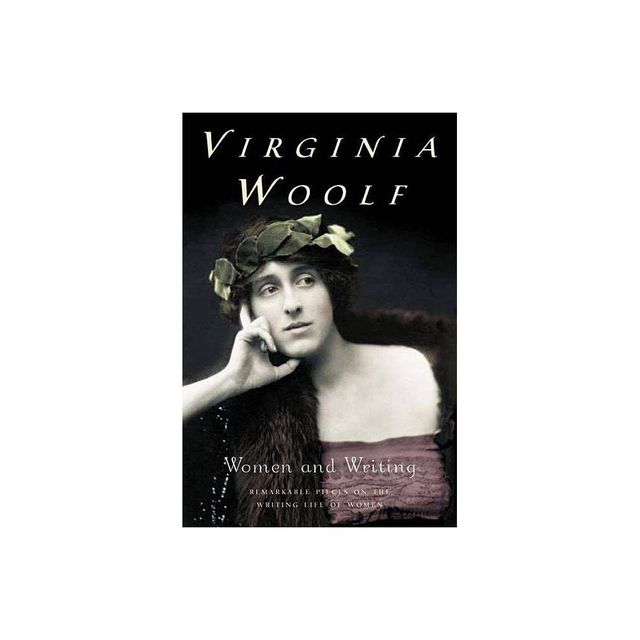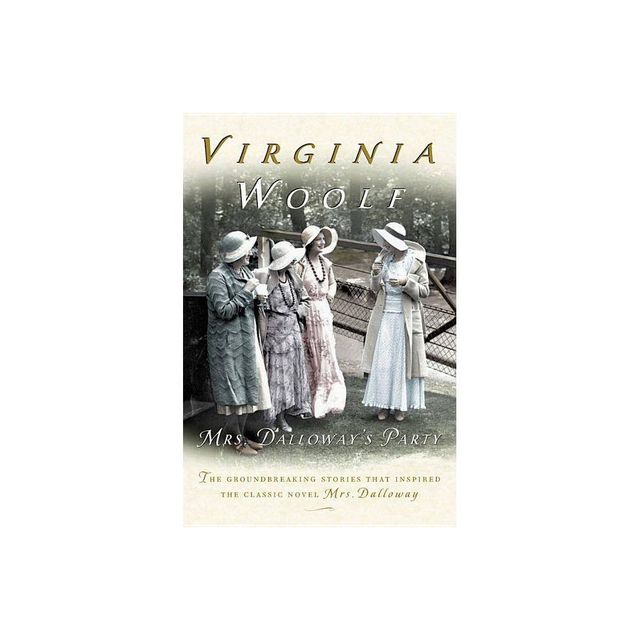Home
Virginia Woolf: Music, Sound, Language
Loading Inventory...
Barnes and Noble
Virginia Woolf: Music, Sound, Language
Current price: $63.00


Barnes and Noble
Virginia Woolf: Music, Sound, Language
Current price: $63.00
Loading Inventory...
Size: Hardcover
*Product Information may vary - to confirm product availability, pricing, and additional information please contact Barnes and Noble
Arguing that sound is integral to Virginia Woolf's understanding of literature, Elicia Clements highlights how the sonorous enables Woolf to examine issues of meaning in language and art, elaborate a politics of listening, illuminate rhythmic and performative elements in her fiction, and explore how music itself provides a potential structural model that facilitates the innovation of her method in
The Waves
.
Woolf's investigation of the exchange between literature and music is thoroughly intermedial: her novels disclose the crevices, convergences, and conflicts that arise when one traverses the intersectionality of these two art forms, revealing, in the process, Woolf's robust materialist feminism. This book focuses, therefore, on the conceptual, aesthetic, and political implications of the musico-literary pairing. Correspondingly, Clements uses a methodology that employs theoretical tools from the disciplines of both literary criticism and musicology, as well as several burgeoning and newly established fields including sound, listening, and performance studies. Ultimately, Clements argues that a wide-ranging combination of these two disciplines produces new ways to study not only literary and musical artifacts but also the methods we employ to analyze them.
The Waves
.
Woolf's investigation of the exchange between literature and music is thoroughly intermedial: her novels disclose the crevices, convergences, and conflicts that arise when one traverses the intersectionality of these two art forms, revealing, in the process, Woolf's robust materialist feminism. This book focuses, therefore, on the conceptual, aesthetic, and political implications of the musico-literary pairing. Correspondingly, Clements uses a methodology that employs theoretical tools from the disciplines of both literary criticism and musicology, as well as several burgeoning and newly established fields including sound, listening, and performance studies. Ultimately, Clements argues that a wide-ranging combination of these two disciplines produces new ways to study not only literary and musical artifacts but also the methods we employ to analyze them.

